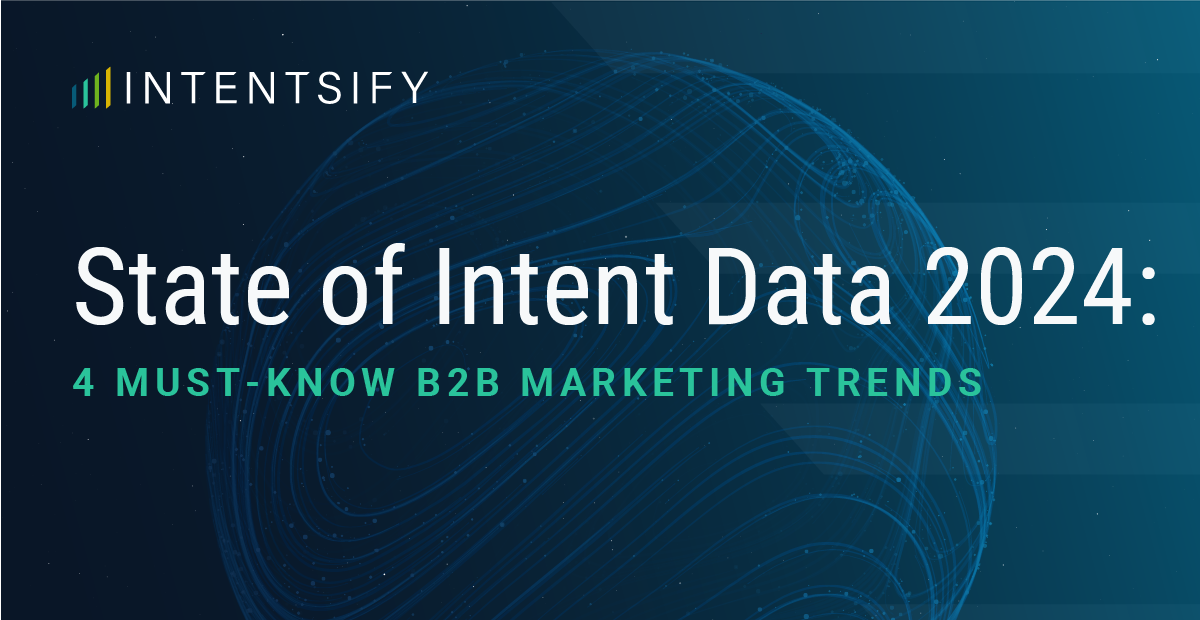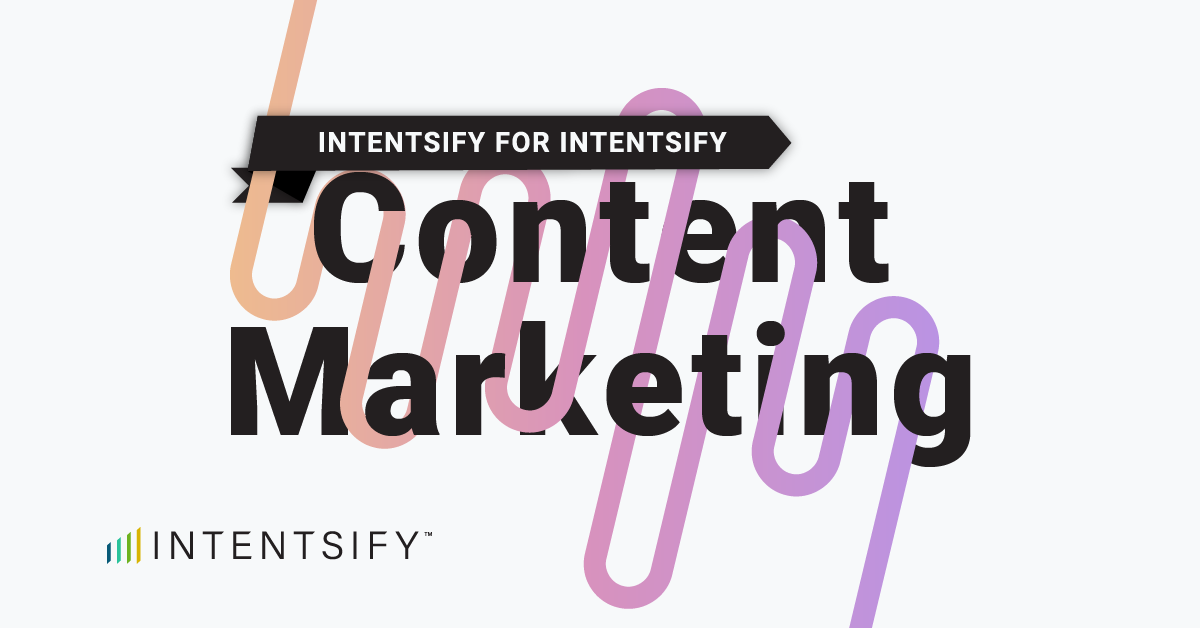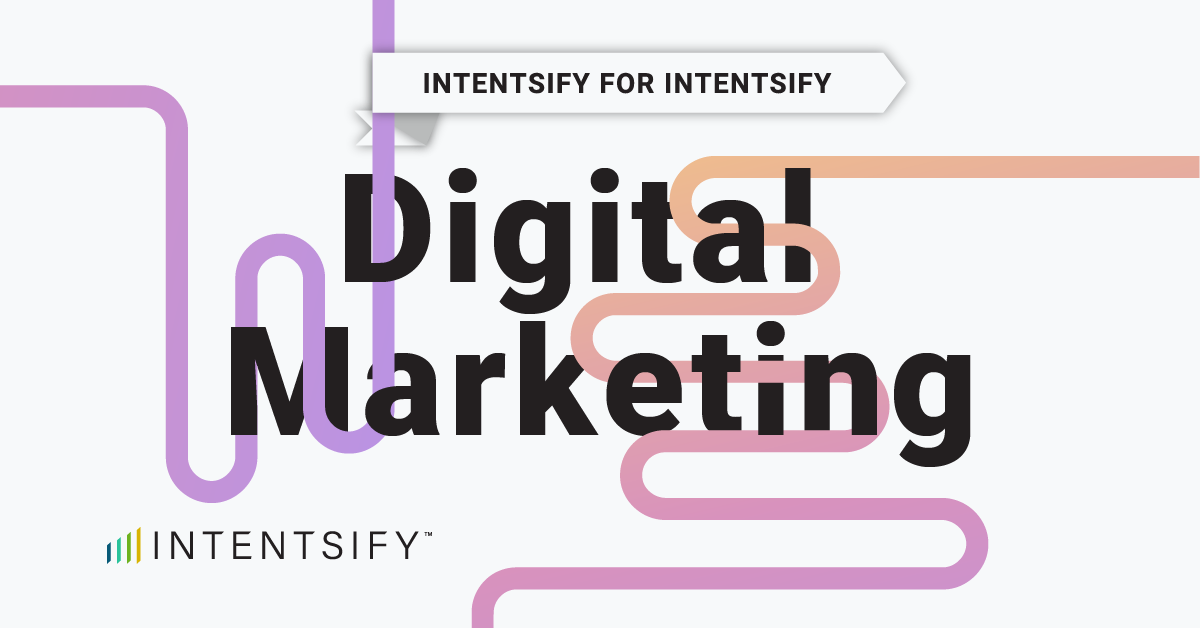Ever wondered why some sales teams always know which prospects to call? That’s intent data at work. While marketers were the first to jump on intent data for targeting and personalization, the real magic happens when sales teams are looking at the same data. Instead of cold calling into the void, BDRs and sellers can prioritize accounts actually showing buying signals and craft conversations that resonate. When done right, it can have a transformative impact on sales conversions and velocity.
What is Account Prioritization and Pipeline Acceleration?
Account prioritization is the strategic process of using intent data to identify and focus on specific leads and accounts most likely to convert to opportunities (i.e., sales-accepted leads). With this approach, sellers have more effective and efficient outreach. It also enables sales teams to convert qualified opportunities into closed revenue at a significantly faster pace (i.e., pipeline acceleration).
Key Benefits for BDR and Sales Teams
Using intent data to prioritize your accounts offers several key benefits:
- Work smarter, not harder: Focus your energy on accounts showing genuine interest in late-stage topics and keywords instead of spreading yourself thin across every potential lead.
- Talk about what matters: Craft personalized outreach based on what prospects are actually researching, making your conversations instantly more relevant.
- Convert more opportunities: See better conversion rates when you focus on the right accounts and tailor your approach to their interests.
- Close deals faster: Jump into the buying process at the right moment by identifying accounts actively researching solutions, shrinking your typical sales cycle.
- Beat the competition: Spot when prospects are researching your competitors so you can proactively address how you’re different — and win more competitive deals.
Step-by-Step Guide on How To Prioritize Accounts With Intent Data
Follow these practical steps to leverage intent data for better sales results:
1. Identify High-Intent Accounts
- Review intent data dashboards regularly to pinpoint accounts showing research activity around your products, services, or other relevant late-stage topics
- Focus particularly on buying groups demonstrating sustained or increasing engagement over time, especially those showing a high interest level across multiple target personas
- Pay close attention to accounts researching competitor solutions or comparison topics
2. Align Intent Signals with Buyer Journey Stages
- Analyze the specific topics and keywords being researched to determine where prospects are in their buying journey
- Awareness-stage intent includes high-level topics that indicate a lack of awareness of market challenges or very early research activities (e.g., cloud security best practices)
- Interest-stage intent may include educational topics that focus on key challenges or improvement opportunities (e.g., cybersecurity threats)
- Consideration-stage intent often includes research around specific solution categories or implementation considerations (e.g., cloud security vendor checklist)
- Late-stage intent often focuses on vendor research for specific products or services (e.g., AWS vs. Google cloud security)
- Check both third-party intent signals and your own first-party data (e.g., CRM, website activity) to validate that the account is in a late stage of the buyer’s journey
3. Prioritize Outreach Based on Intent Strength and Stage
- Develop a scoring system that combines intent strength with existing lead qualification criteria
- Immediately prioritize accounts showing the strongest purchase signals (e.g., high buying group interest level) and late-stage research activities, especially those with media engagement signals (e.g., clicks, leads)
- Create follow-up schedules based on engagement levels and topic relevance
4. Customize Messaging Based on Intent Insights
- Tailor outreach messages to address the specific topics prospects are researching
- Reference relevant content that aligns with their demonstrated interests
- Prepare talking points that address potential concerns indicated by their research patterns and solutions to those challenges
- Be ready to handle any objections around these topics and speak to your competitive differentiators to highlight why your product or solution is the clear choice
5. Track and Measure Impact
- Monitor which intent topics and engagement patterns most strongly correlate with successful conversions across different customer segments and industries
- Compare key performance indicators between intent-prioritized and traditional approaches, including conversion rates, sales cycle velocity, average deal size, and customer acquisition costs
- Implement a rigorous analytics framework that correlates specific intent signals with downstream conversion metrics, allowing teams to identify which research behaviors are truly predictive of buying intent
- Create intent signal benchmarks across your sales team to identify which representatives most effectively leverage intent data and replicate their successful approaches
- Hold regular review sessions where top performers share tactics for translating intent signals into effective outreach strategies
- Continuously refine prioritization models and scoring algorithms based on closed-loop outcome data, creating increasingly precise targeting mechanisms
- Establish a feedback loop between sales and marketing to ensure intent data collection focuses on the most valuable signals for revenue generation
Put simply, intent data turns guesswork into smart selling. The best teams use it to talk to the right people at the right time about what actually matters to them. This isn’t just a small improvement— it completely changes how effectively you sell, giving you an edge that builds over time and directly impacts your bottom line.
In today’s hyper-competitive marketplace, intent-driven account prioritization isn’t just an option—it’s essential for sales excellence. Companies that take it seriously see real results: their sales teams spend time where it counts, deals move faster, and more prospects say “yes.”
To read more, check out the post: 3 BDR strategies for better outreach






